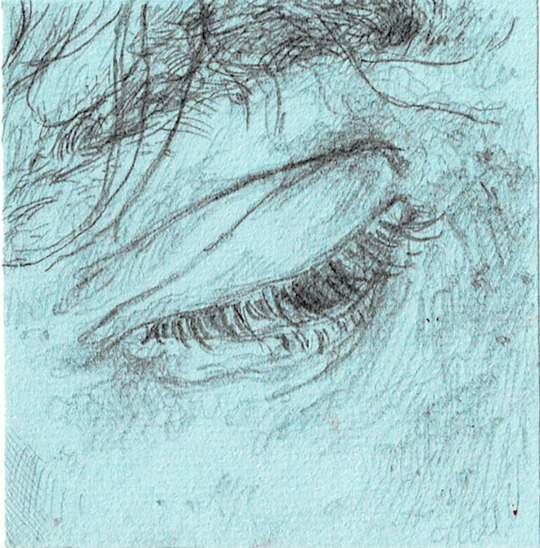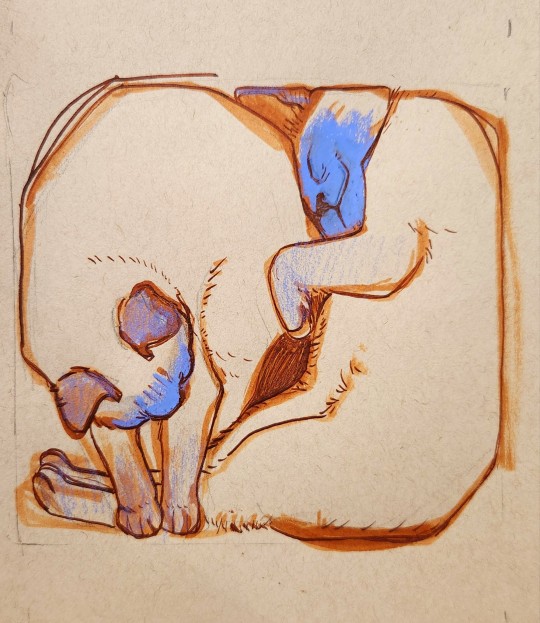Text

Joy Sullivan, “Before”, Instructions for Traveling West
8K notes
·
View notes
Text

Ship's cat Chiclet watches the harbour during her watch on the museum tanker Mary A. Whalen (1938)
4K notes
·
View notes
Text
borders between countries aren't real btw we just made them up. there's no such thing as an "immigrant" we're all just people moving around on the same planet that we've always moved around on
48K notes
·
View notes
Photo
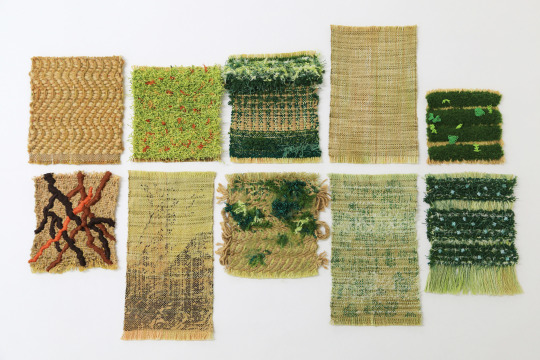

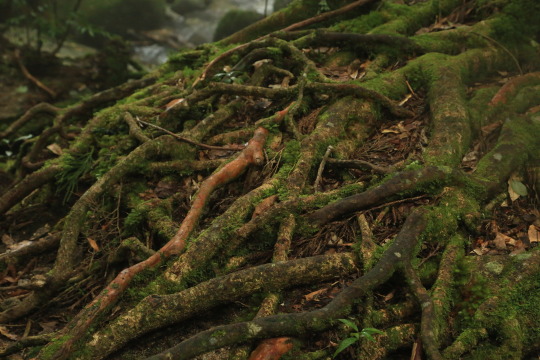
woven (and combined technique) sample collection inspired by primary forest in Yakushima, Japan. All yarns except embroidery threads are hand dyed or painted.
51K notes
·
View notes
Text
"Friends don't look at friends that way" coward. You don't look at your friends with awe and adoration in your eyes? You don't look at your friends and think "this incredible human being has chosen to listen to me ramble about my hyperfixation"? You don't look at your friends and think "I want them to keep laughing forever"? Why the fuck not
12K notes
·
View notes
Text

Steve McCurry: Jammu and Kashmir, India (1999)
2K notes
·
View notes
Text
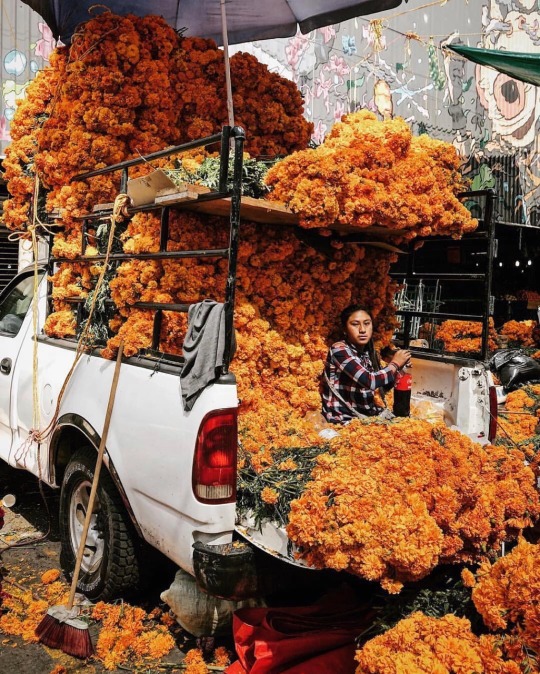
Mexico City, Mexico | Joseph Owen
Marigolds for Día de los Muertos at El Mercado de Jamaica in Mexico City.
36K notes
·
View notes
Text

serbian girl among the meadows of drvar, bosnia and herzegovina. photographed by petar dešić.
2K notes
·
View notes
Text
“I could not stop wasting time. It was crazy. I wanted to do something with my life, but instead I went to sleep, or sung in the shower, or sat and stared at the wall. I couldn’t even tell you about anything that I saw. I didn’t talk to anybody. The cicadas kept dying outside, and as I dreamed, my mouth grew thick and venomous with silence.”
— Yiwei Chai, The Jacaranda Years (via crowsummer)
48K notes
·
View notes
Text
it's practically taboo to still talk about covid but god i wish we could acknowledge the worldwide trauma it's clearly still causing in people. like, it's flat out just. not "polite" to talk about how a mass deadly event might, JUST MIGHT, emotionally affect us a little bit. how an airborne invisible-to-the-eye thing can just BE anywhere now. how abandoned we still feel by our respective governments. how we've lost family, friends, either to death or misinformation and cults, which they cling to because they're ALSO afraid but often refuse to admit it because it'd mean admitting covid is real and ongoing. we just. can't talk about it i guess.
58K notes
·
View notes
Text
14 August 2024
The US Department of Homeland Security (DHS) plans to collect and analyze photos of the faces of migrant children at the border in a bid to improve facial recognition technology, MIT Technology Review can reveal. This includes children “down to the infant,” according to John Boyd, assistant director of the department’s Office of Biometric Identity Management (OBIM), where a key part of his role is to research and develop future biometric identity services for the government.
As Boyd explained at a conference in June, the key question for OBIM is, “If we pick up someone from Panama at the southern border at age four, say, and then pick them up at age six, are we going to recognize them?
…
“That tracks,” says one former CBP official who has visited several migrant processing centers on the US-Mexico border and requested anonymity to speak freely. He says “every center” he visited “had biometric identity collection, and everybody was going through it,” though he was unaware of a specific policy mandating the practice. “I don’t recall them separating out children,” he adds.
…
Since 2023, CBP has been using a mobile app, CBP One, for asylum seekers to submit biometric data even before they enter the United States; users are required to take selfies periodically to verify their identity. The app has been riddled with problems, including technical glitches and facial recognition algorithms that are unable to recognize darker-skinned people. This is compounded by the fact that not every asylum seeker has a smartphone.
Then, just after crossing into the United States, migrants must submit to collection of biometric data, including DNA. For a sense of scale, a recent report from Georgetown Law School’s Center on Privacy and Technology found that CBP has added 1.5 million DNA profiles, primarily from migrants crossing the border, to law enforcement databases since it began collecting DNA “from any person in CBP custody subject to fingerprinting” in January 2020. The researchers noted that an overrepresentation of immigrants—the majority of whom are people of color—in a DNA database used by law enforcement could subject them to over-policing and lead to other forms of bias.
…
Boyd previously helped advance the Department of Defense’s biometric systems in Iraq and Afghanistan, where he acknowledged that individuals lacked the privacy protections that would have been granted in many other contexts, despite the incredibly high stakes. Biometric data collected in those war zones—in some areas, from every fighting-age male—was used toidentify and target insurgents, and being misidentified could mean death.
These projects subsequently played a substantial role in influencing the expansion of biometric data collection by the Department of Defense, which now happens globally. And architects of the program, like Boyd, have taken important roles in expanding the use of biometrics at other agencies.
“It’s not an accident” that this testing happens in the context of border zones, says Molnar. Borders are “the perfect laboratory for tech experimentation, because oversight is weak, discretion is baked into the decisions that get made … it allows the state to experiment in ways that it wouldn’t be allowed to in other spaces.”
But, she notes, “just because it happens at the border doesn’t mean that that’s where it’s going to stay.”
#this is so AHH but also ofc...#us tightens its grip on the borders of land that it stole while also constantly (brutally) having its hands in the cookie jars of other lan#and money#which obviously creates conditions for people to seek elsewhere#sinister and cyclical!!#AND theyre fattening up their technology with the people they displace
98 notes
·
View notes
Text

George Jackson, Blood In My Eye (1972)
62 notes
·
View notes
Text
the dichotomy between the "immigrant" (someone from the global south who moves to the north) and the "expat" (someone from the global north who moves to the south) makes me feel fucking crazy. a white person who moves to asia is an expat but an asian who moves to the west is an immigrant. & how those terms are politicized and assigned class statuses, like the word "immigrant" tends to imply a blue collar worker (even if that isn't the case) while "expat" implies a white collar worker. the associations with "expat neighbourhoods" in asian countries is very very different from those of "immigrant neighbourhoods" in western nations. also how "immigrants" who dont assimilate are seen as "failing" and bad, lower class, a burden on society, etc. whereas "expats" not assimilating into local culture is expected and viewed as a sign of their higher status. the double standards are so insane
21K notes
·
View notes

